Washington Allston (1779-1843)
Get a Washington Allston (1779-1843) Certificate of Authenticity for your painting (COA) for your Washington Allston (1779-1843) drawing.
For all your Washington Allston (1779-1843) artworks you need a Certificate of Authenticity (COA) in order to sell, to insure or to donate for a tax deduction.
Getting a Washington Allston (1779-1843) Certificate of Authenticity (COA) is easy. Just send us photos and dimensions and tell us what you know about the origin or history of your Washington Allston (1779-1843) painting or drawing.
If you want to sell your Washington Allston (1779-1843) painting or drawing use our selling services. We offer Washington Allston (1779-1843) selling help, selling advice, private treaty sales and full brokerage.
We have been authenticating Washington Allston (1779-1843) and issuing certificates of authenticity since 2002. We are recognized Washington Allston (1779-1843) experts and Washington Allston (1779-1843) certified appraisers. We issue COAs and appraisals for all Washington Allston (1779-1843) artworks.
Our Washington Allston (1779-1843) paintings and drawings authentications are accepted and respected worldwide.
Each COA is backed by in-depth research and analysis authentication reports.
The Washington Allston (1779-1843) certificates of authenticity we issue are based on solid, reliable and fully referenced art investigations, authentication research, analytical work and forensic studies.
We are available to examine your Washington Allston (1779-1843) painting or drawing anywhere in the world.
You will generally receive your certificates of authenticity and authentication report within two weeks. Some complicated cases with difficult to research Washington Allston (1779-1843) paintings or drawings take longer.
Our clients include Washington Allston (1779-1843) collectors, investors, tax authorities, insurance adjusters, appraisers, valuers, auctioneers, Federal agencies and many law firms.
We perform Washington Allston art authentication, appraisal, certificates of authenticity (COA), analysis, research, scientific tests, full art authentications. We will help you sell your Washington Allston or we will sell it for you.
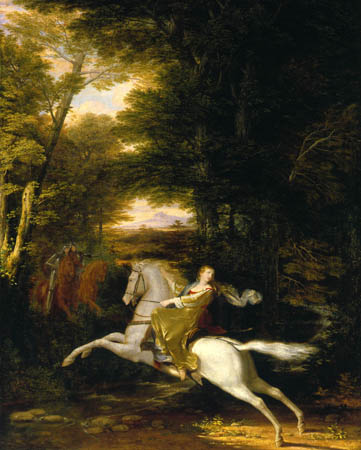
The Flight of Florimelli, 1819
Washington Allston was an early American artist and was one of the most highly respected and admired painters of his time. Dubbed by some art historians as “the American Titian,” Allston was an extremely gifted artist and was paralleled by no other artist in America during his lifetime. Throughout his career, he painted portraits, landscapes, still life and genre scenes as well as religious and fantasy compositions.
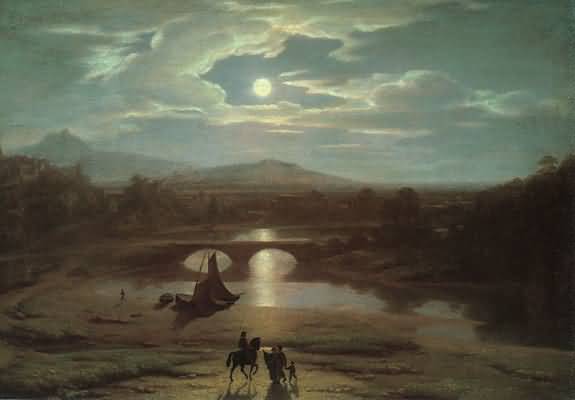
Moonlit Landscape
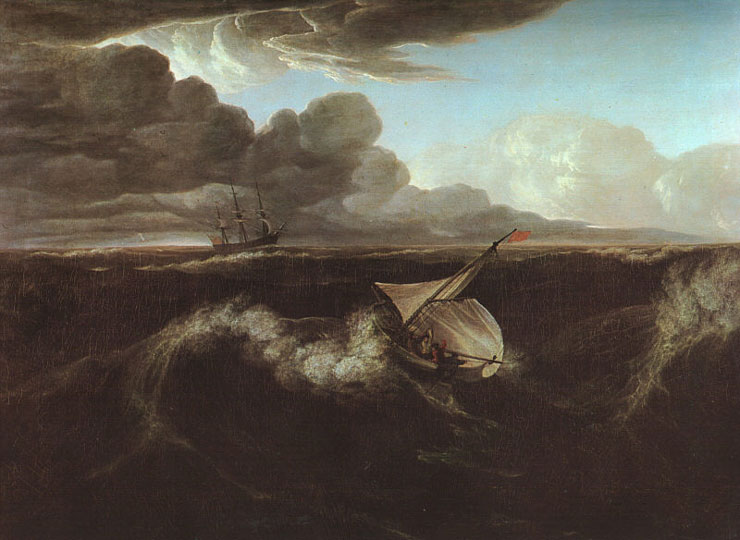
Storm Rising at Sea
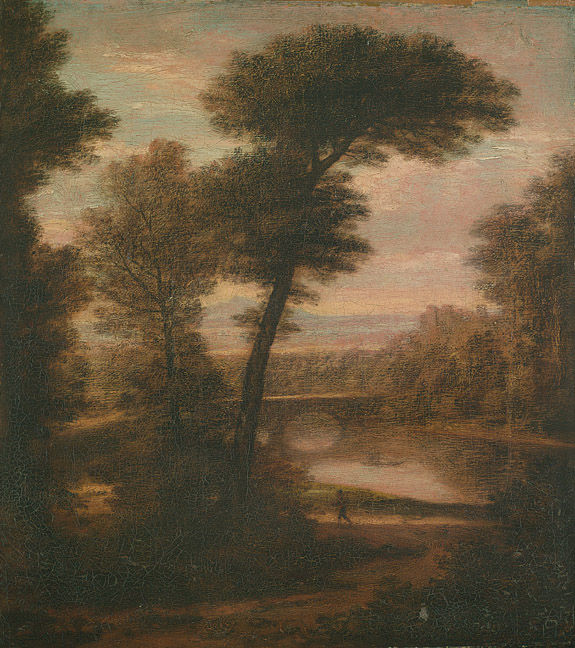
Landscape
Allston was born in South Carolina to a plantation owner. He began to show a proficiency in art at the very young age of six. He moved to Rhode Island to live with his uncle when he was eight years old, and soon met portrait painter Samuel King. He eventually attended Harvard College where he earned the name “the Count” from his classmates due to his fashionable appearance and manners.
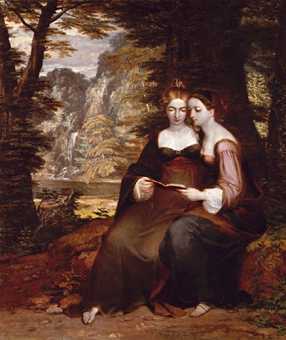
Hermia and Helena
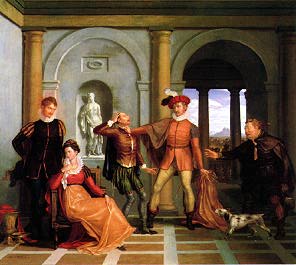
The Taming of the Shrew
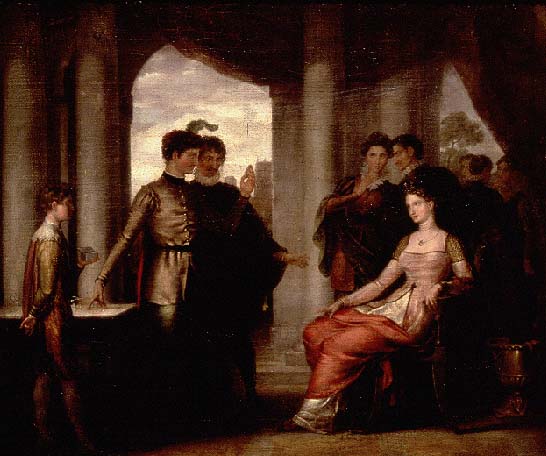
The Opening of the Casket
In 1800, Allston graduated from Harvard and left the United States shortly thereafter to continue his studies abroad. Before he left, Allston returned briefly to South Carolina with his friend Edward Greene Malbone. In 1801, Allston and Malbone left for London to study at the Royal Academy with Benjamin West. Allston and West quickly formed a lifelong friendship.

Elijah in the Wilderness
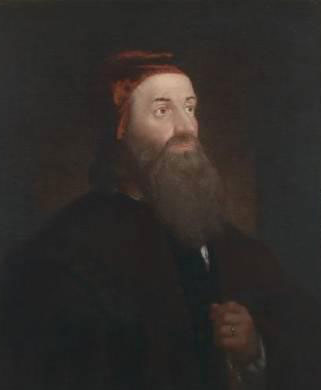
Head of a Jew
In 1804, Allston left for Paris where he studied and painted for four months. That same year he also traveled to Rome to continue his studies, where he lived and worked until 1809, when he returned to the United States. It was during his stay in Italy that Allston learned the styling of the Venetian school, and his imitation of their methods of using color, shade and light earned him the name “the American Titian.”
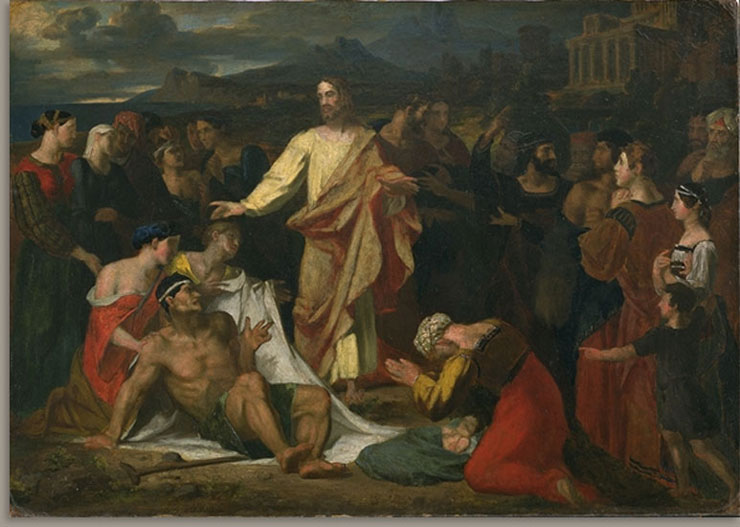
Christ Healing the Sick, 1813
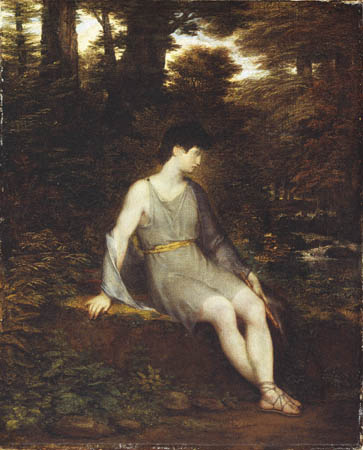
Italian Shepherd Boy
Allston left the United States again in 1811 to paint in England, where he stayed until 1817. It is said by art historians that these few years in England were Allston’s most productive in his career. This was when he created some of his best paintings, including what some call his masterpiece, the portrait of his friend Coleridge.
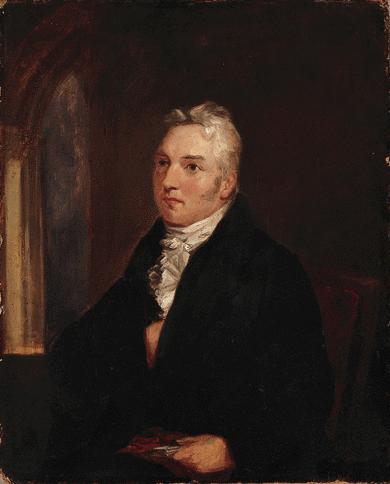
Samuel Taylor Coleridge, 1814
From London he visited Paris again and returned to the United States in 1818. Allston remained in Massachusetts until his death in 1843, first in Boston and then in Cambridge where he continued to paint practically right up until his death. Today, there is even a neighborhood in Boston which bears the name “Allston” in his remembrance.
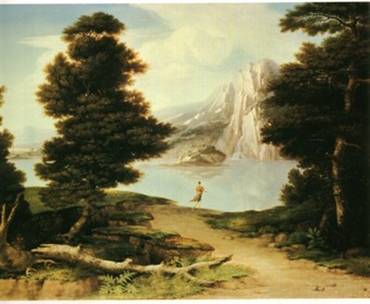
Landscape with Lake
Although he enjoyed a relatively prosperous career, Allston’s painting began to decline towards the end. Many art critics claim that his allegorical works are his biggest failures, in particular “Belshazzar’s Feast”, which took him more than 20 years to complete.
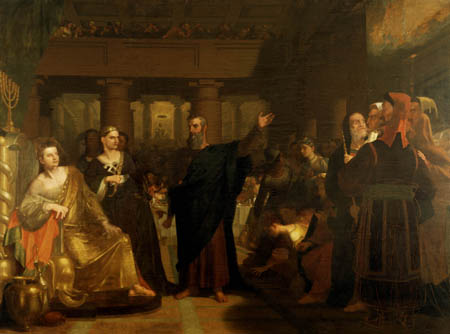
Belshazzars Feast
Despite the fact that he was a painter, Allston was also a well-known poet, and was equally famous for his writing and his painting. Allston was also a teacher and had a number of successful pupils, such as Samuel F. B. Morse, as well as his nephews George Whiting Flagg and Jared Bradley Flagg.
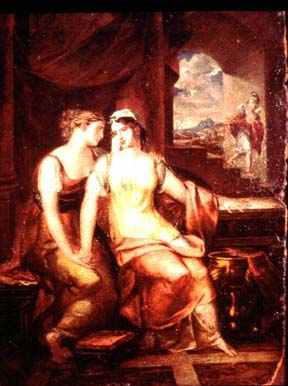
Dido and Anna, 1813
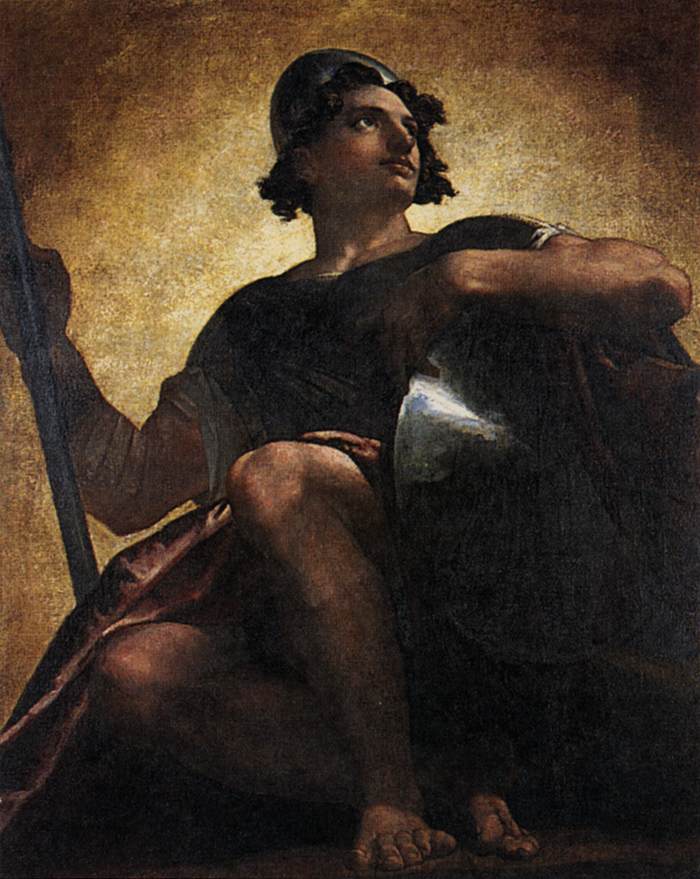
Uriel Standing in the Sun, 1817
